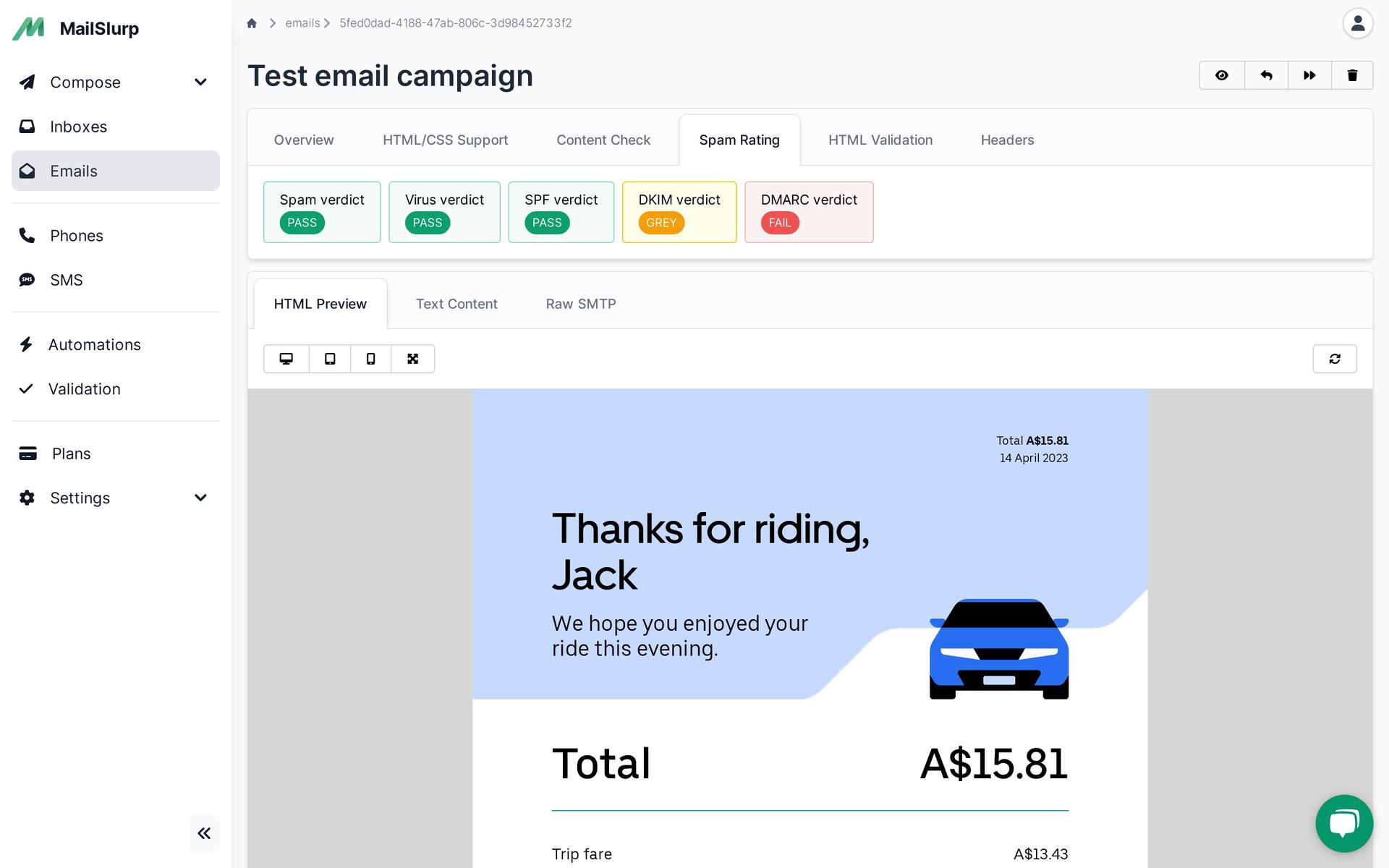Tutorials
Email and SMS guides for automation and testing.
Simplify Email Management in .NET and C# with MailSlurp - Documentation, Example Projects, Nuget Package, and API Docs.
This page has moved.
MailSlurp has official support for .NET and Csharp projects. Use our Nuget package in your project to create inboxes, send emails and receive messages and attachments in code and tests.
Email and SMS guides for automation and testing.
View github project code for multiple languages.
Latest posts from the MailSlurp team.
Try a free MailSlurp account.
Test, build, and automate messaging with a free MailSlurp account.
